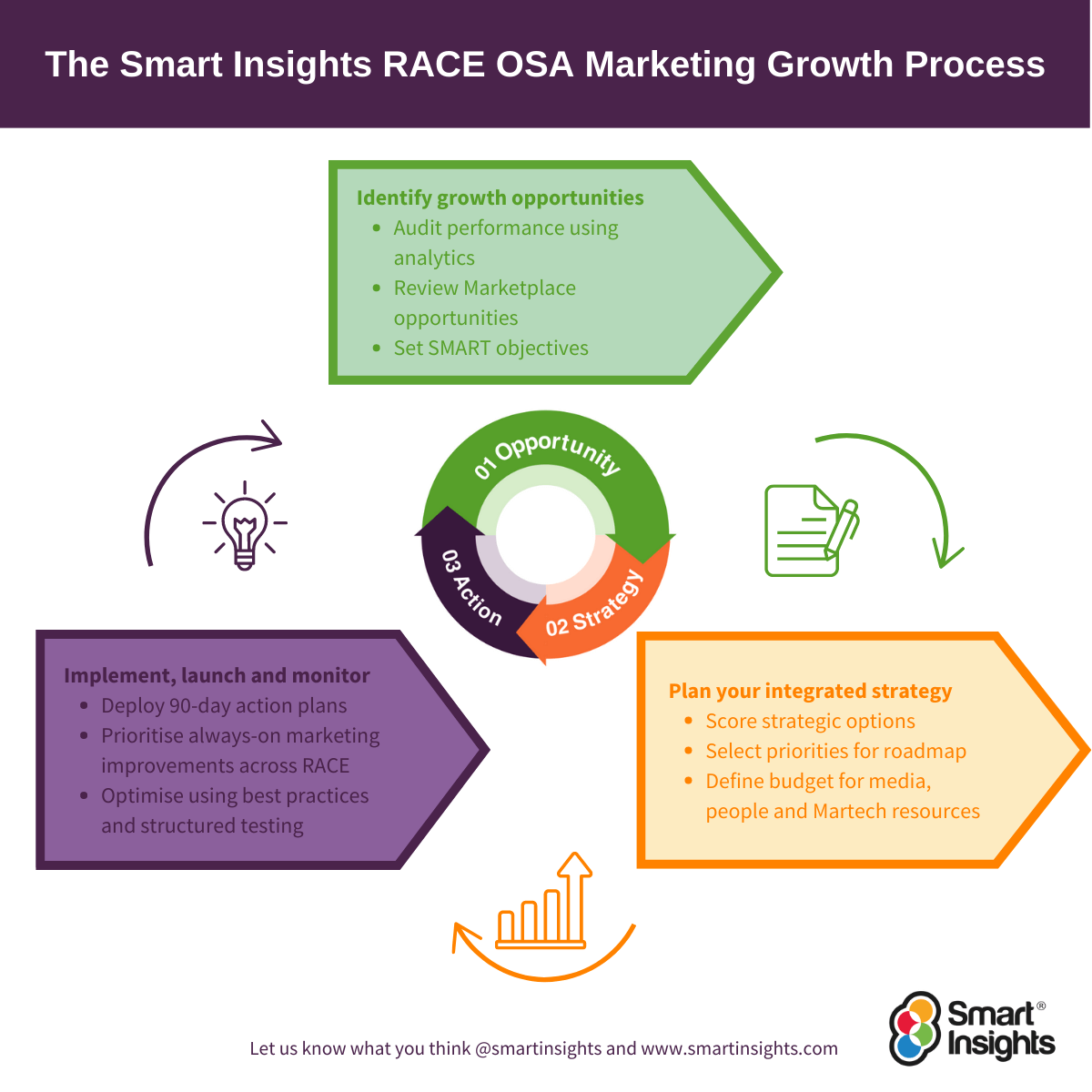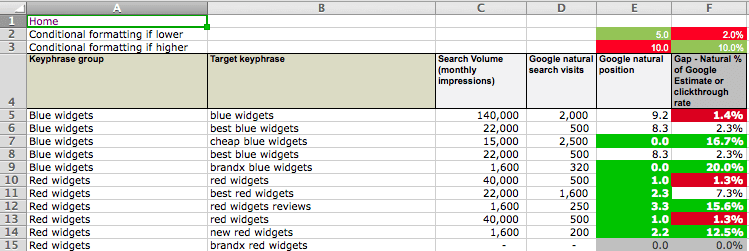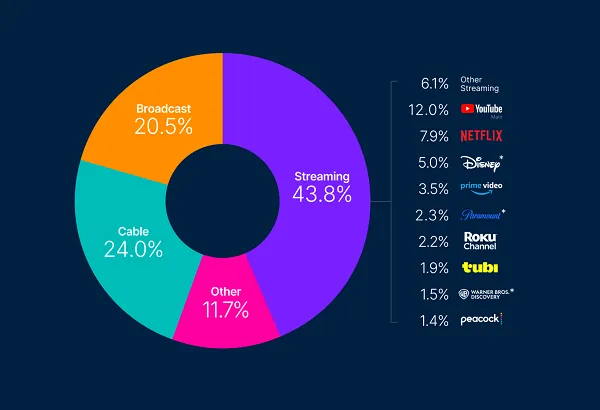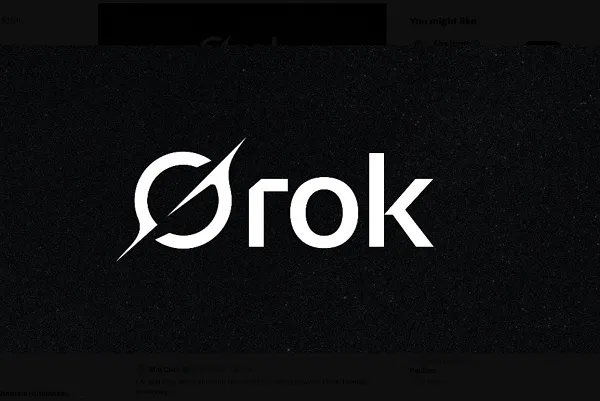SPEAKING ON CLIMATE
In this informative overview of speech writing and delivery, Nielsen focuses his attention on applying oratory skills to address climate change. The nine chapters address key concepts, including rhetoric and persuasion, the role of emotion, framing your worldview, building connections, motivating people, and thematic consistency in messaging. The author informs readers about other important considerations, including maximizing your digital impact, the power of word choice, and understanding what types of messages increase polarization. The book’s central purpose—helping readers inspire others to act in support of climate justice—is supported through topics and methods that build momentum and help overcome barriers, like “scale mismatch,” that are clearly explained. Accounts of and quotes from diverse speakers and influencers in history illustrate skilled communication techniques and provide a balanced integration of theory and practice. The outcome is a sturdy lesson on crafting the bones of a personal story to fuel direct, sustained engagement. Addressing the need to move from climate anxiety and silence to action, Nielsen guides readers to strategies that are sure to appeal to a generation of wordsmiths and movement-makers. This thorough, well-written work will be invaluable for classrooms and debate teams as well as young activists seeking guidance.


In this informative overview of speech writing and delivery, Nielsen focuses his attention on applying oratory skills to address climate change. The nine chapters address key concepts, including rhetoric and persuasion, the role of emotion, framing your worldview, building connections, motivating people, and thematic consistency in messaging. The author informs readers about other important considerations, including maximizing your digital impact, the power of word choice, and understanding what types of messages increase polarization. The book’s central purpose—helping readers inspire others to act in support of climate justice—is supported through topics and methods that build momentum and help overcome barriers, like “scale mismatch,” that are clearly explained. Accounts of and quotes from diverse speakers and influencers in history illustrate skilled communication techniques and provide a balanced integration of theory and practice. The outcome is a sturdy lesson on crafting the bones of a personal story to fuel direct, sustained engagement. Addressing the need to move from climate anxiety and silence to action, Nielsen guides readers to strategies that are sure to appeal to a generation of wordsmiths and movement-makers. This thorough, well-written work will be invaluable for classrooms and debate teams as well as young activists seeking guidance.
















































![How Marketers Are Using AI for Writing [Survey]](https://www.growandconvert.com/wp-content/uploads/2025/03/ai-for-writing-1024x682.jpg)
















































![31 Top Social Media Platforms in 2025 [+ Marketing Tips]](https://static.semrush.com/blog/uploads/media/0b/40/0b40fe7015c46ea017490203e239364a/most-popular-social-media-platforms.svg)























![Gated Content: What Marketers Need to Know [+ Examples]](https://www.hubspot.com/hubfs/UNGated%20Content.png)

















